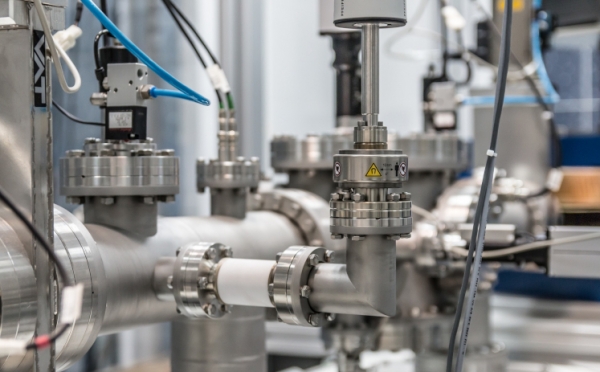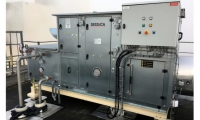Players in the commercial and industrial sectors prefer the use of natural gas over coal and other fuels because it drastically reduces the emission of greenhouse gases. Curbing the production of methane and CO2 is a crucial step to combat climate change as a result of global warming.
The International Energy Agency (IEA) projects that natural gas will be the second most used fossil fuel by 20401.
Natural Gas – A Versatile Inevitable Energy Option
Apart from the use of the pipeline, adoption of the liquefied natural gas(LNG) form has enhanced the accessibility, transportation and storage of the natural gas. The flexibility and multiple uses of LNG have made it popular as well as a viable option in the global gas market.
Energy consumption is not without a focus on environmental impact. Therefore, LNG is a solution to the challenge of pollution.
Exploration Logistics
Tapping into the gas resources has become easier thanks to the tremendous advancement in technology that fast tracks exploitation, production and supply. However, firms interested in LNG projects need to look into the cost implications of the architecture and infrastructure for setting up liquefaction plants. Exploration, exploitation and transport of natural gas in extremely cold climate zones such as the Arctic Circle requires a considerable capital outlay. You have to explore technological innovations that optimize investment costs.
Marine Resources of the Natural Gas
The marine life is rich in gas reserves, and the leading multinational companies are investing heavily in these resources. subsea processing has become efficient courtesy of the Sub-sea Processing and Injection Gear for Seawater (SPRINGS®) technology2. The procedures involved include:
- Gas separation
- Liquid separation
- Gas compression
- Liquid pressure boosting
- Desanding
- Gas treatment
- Conveying into the reservoirs
Limitations of marine gas exploration include poor accessibility, low ambient deepsea temperature, congestion of the seabed and high external pressure. Natural gas remains the best energy option. Though nonrenewable, it is available in plenty at the seafloor.
References
- https://www.ep.total.com/en/areas/liquefied-natural-gas
- https://www.ep.total.com/en/areas/deep-offshore/subsea-processing-springsr-cutting-edge-technology





